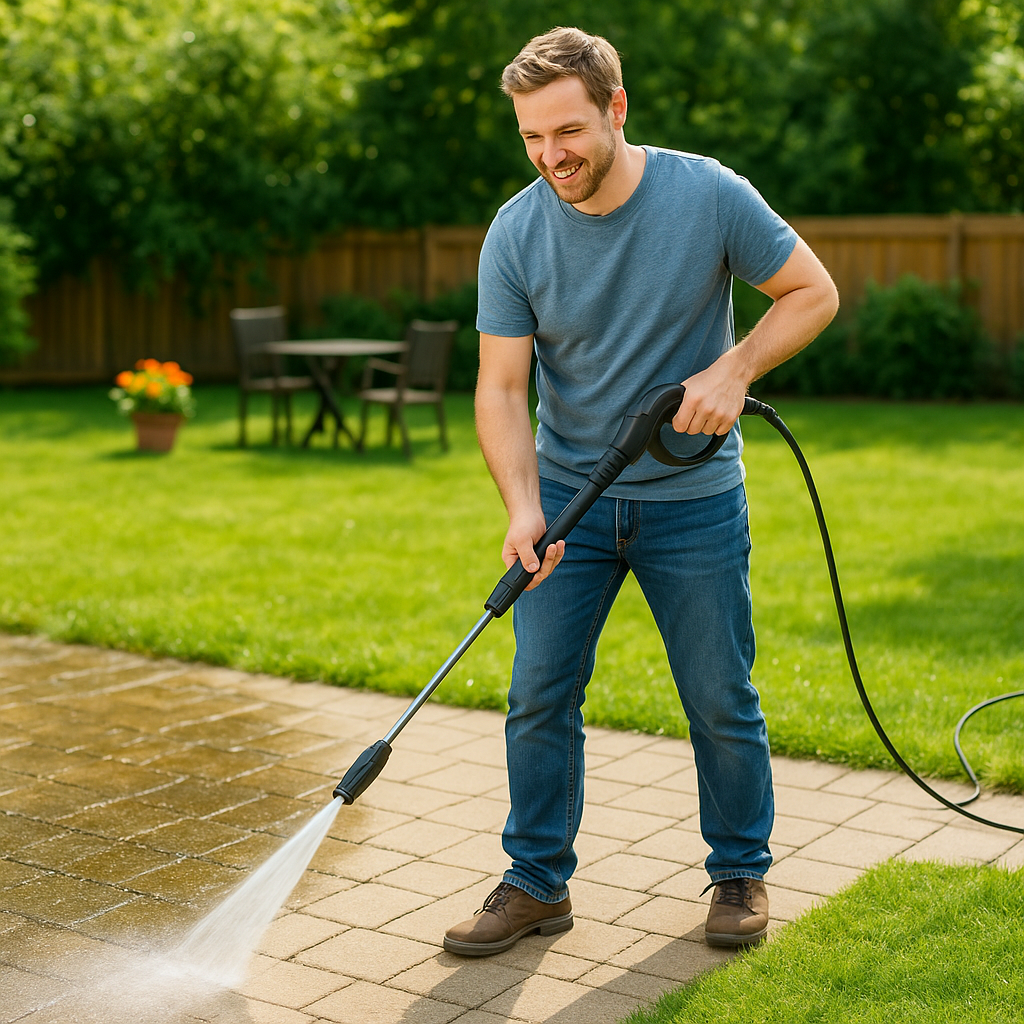
2 min read
If you’re using a water pump on your farm, construction site, or even around your home, chances are you depend on it daily. But like any hardworking machine, pumps can give up — sometimes without warning. And when they do, everything comes to a halt.
So how do you know if your pump is about to fail? And how can you be sure that the pump is the real problem, not something else? This blog will help you spot the signs early, diagnose the issue, and decide what to do next.
1. First Things First: What Does a Failing Water Pump Look Like?
When a water pump starts to go bad, it doesn’t always stop working immediately. It gives signs. Some are obvious, and some are easy to miss.
Common symptoms:
- Weak water flow: If pressure drops suddenly or water trickles out, something’s not right.
- No water output: The pump runs but no water comes out.
- Strange noises: Grinding, screeching, or rattling sounds usually mean internal damage.
- Overheating: Pump feels unusually hot or emits a burning smell.
- Vibration: Shaking or vibrating during operation could mean loose parts or imbalance.
If you’re noticing any of these, your pump could be close to failure.
2. How to Check If the Water Pump Is Really the Problem
Before you jump to conclusions, it helps to rule out the basics. Here’s how you can do a simple check:
Step-by-step diagnosis:
1. Check the power
Make sure the pump is getting power. Loose wires or weak voltage can mimic pump failure.
2. Look at the hoses and filters
Clogged suction hoses or blocked filters can reduce water flow. Disconnect and clean them.
3. Check for air leaks
Air in the suction line can stop the pump from pulling water. Tighten all connections.
4. Test the pump manually
If it’s a recoil-start pump, try starting it by hand. If the engine resists or spins too freely, something’s off inside.
5. Remove the impeller cover (if safe)
A worn or damaged impeller won’t move water efficiently.
6. Smell for burning
If it smells like something’s burning, the motor may be overheating or damaged.
3. Why Do Water Pumps Fail in the First Place?
Water pumps aren’t fragile, but misuse or neglect can wear them down fast. Common reasons include:
- Dry running: Running without water inside can burn out the seals.
- Sand or debris: Particles in the water can wear down the impeller.
- Improper storage: Leaving the pump outside in rain or direct sun can damage its body.
- Overuse without breaks: Running for hours without cooling down strains the motor.
- Wrong usage: Using a domestic pump for heavy field work or drawing water from deep wells with a shallow pump.
Want to avoid these mistakes? Read more about how to choose the right pump for your work on our water pumps page.
4. Can It Be Fixed, or Should You Replace It?
Not every failing pump needs to be replaced. Sometimes a simple fix can bring it back to life.
| Problem | Repairable? | Replace? |
|---|---|---|
| Loose wiring | ✅ | ❌ |
| Clogged inlet | ✅ | ❌ |
| Burnt motor | ❌ | ✅ |
| Worn impeller | ✅ | ❌ |
| Cracked body | ❌ | ✅ |
If your pump is older than 3–4 years and shows multiple issues, replacement might be smarter. You can explore reliable replacements in our full pump catalog here.
5. Tips to Make Your Pump Last Longer
A little care goes a long way. Here are habits that protect your investment:
- Prime before use: Always fill the pump with water before starting.
- Use a strainer: Filter out debris to protect the impeller.
- Let it rest: Give the pump breaks on long operating days.
- Store smart: Keep it clean, dry, and covered when not in use.
- Follow the manual: Even pros miss details that matter.
Final Word
Water pumps work hard behind the scenes. But when they fail, the whole operation feels it. Learning how to spot the early signs and knowing what to do next saves time, money, and a lot of frustration.
Bonhoeffer Machines is committed to building pumps that are easy to maintain, tough on performance, and built for the field. Explore our range here and keep your work flowing, no matter what.






